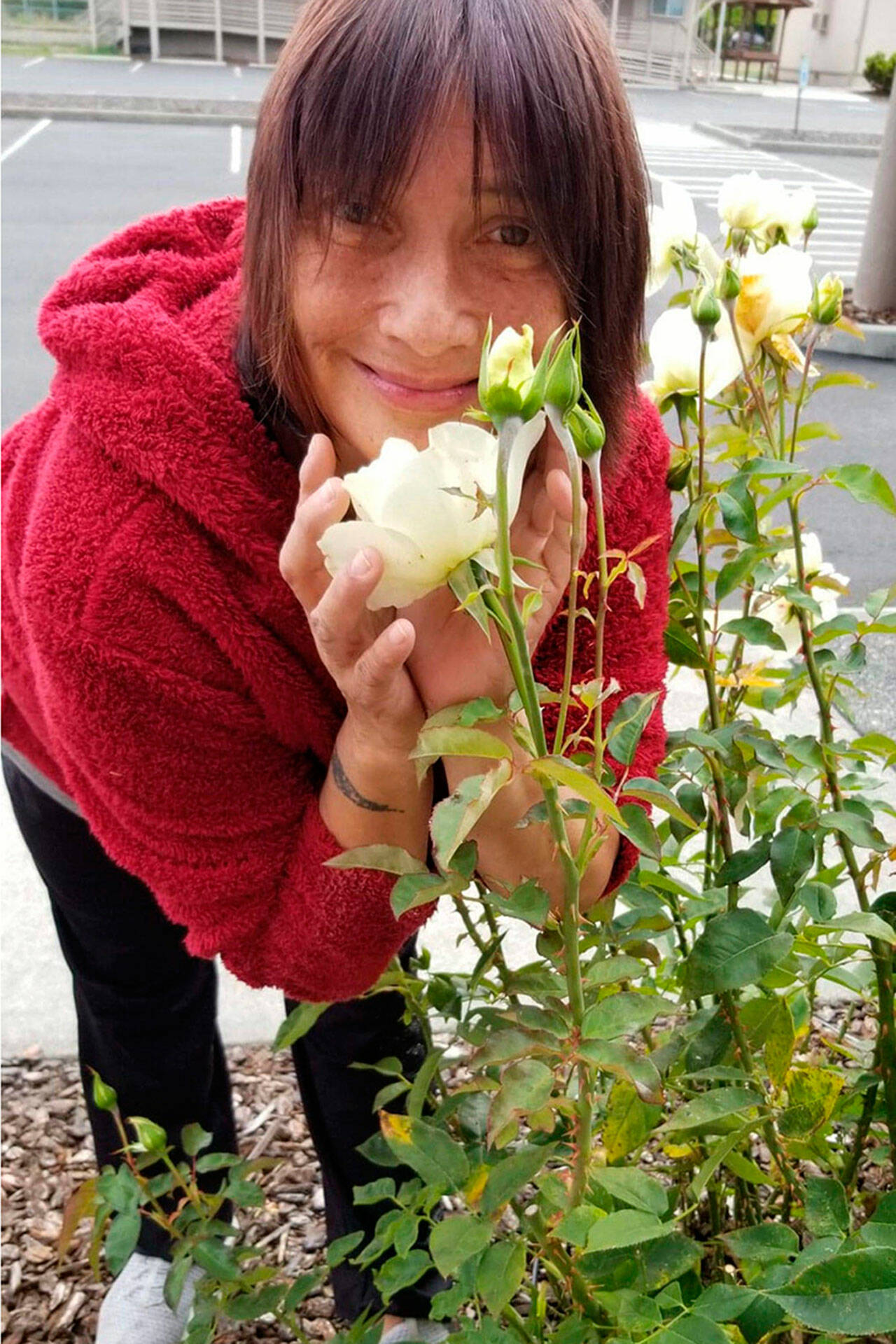Note: This story has been updated with a response from the Attorney General’s Office.
Now six years into the homicide investigation of Valerie Claplanhoo, Sequim Police investigators say efforts keep moving forward and physical evidence continues to open and close paths in the case.
The Makah Tribal member, then 57, was found dead on Jan. 2, 2019, in her one-room apartment at the Sunbelt Apartments on South Fifth Avenue. She died, police reported, from an attack by a knife or a sharp object. Her homicide remains the most recent in the City of Sequim since 2004.
Family members have described Claplanhoo as patient and fun, and that she enjoyed traveling and family.
Through the years, police said they have submitted large amounts of evidence to the Federal Bureau of Investigation (FBI) and Washington State Patrol’s crime labs.
Police Chief Mike Hill said they’ve submitted what would most likely be involved with Claplanhoo’s death for DNA and/or fingerprint evidence.
“For some of the items tested, certain areas of those items might have been tested and now we’re seeing if another portion of that evidence was swabbed or examined,” he said.
“For example, you can take a piece of paper and three people touch it, but you may only test one corner so then it shows only one person.”
As for what’s being tested and awaiting testing, Hill said it’s a gamut of things from Claplanhoo’s apartment.
“The results received from the crime laboratory have led to further investigation and we will continue to assess where the facts and evidence lead,” he said.
Sequim Police Department remains the lead agency and continues to partner with the Washington State Attorney General’s Missing and Murdered Indigenous Women and People Task Force, a statewide team that specializes in cold cases involving indigenous people.
Sequim Police started speaking with the unit in 2023, and they first met with them on Feb. 6, 2024.
“They’re helpful,” Hill said. “We’ve talked with one of their investigators who has investigated homicides himself … (and may) make recommendations we may have not thought of.”
Hill said Sequim investigators speak with the task force’s investigator periodically.
“It’s a good relationship,” he said. “Whenever more is revealed from the crime lab, we check back in.”
Mike Faulk, deputy communications director with the Attorney General’s Office, said via email the Cold Case Unit has five investigators, assigned regionally, and a Victim Advocate/Case Navigator who happens to be Makah.
They are investigating 22 active cold cases at this time, Faulk said.
“Since the inception of the task force, the state has passed a Missing Indigenous Persons Alert (MIPA), the Tribal Warrants bill (SB 6146), and have conducted field research with over 60 MMIWP families and survivor interviews,” he said.
They anticipate a report on this sometime in June, and staff are in the process of working with legislators to secure a bill for a two-year, no cost extension, Faulk said.
Cindy Lee Claplanhoo, Valerie’s sister, said in an interview last year she and fellow family members just want peace and closure with the case because “Valerie needs to rest in peace.”
She also has a memorial service planned once the killer is discovered and tried in court.
Cindy Lee said much of Valerie’s childhood stories are unknown to her as she didn’t learn Valerie was her biological sister until she was in her early 20s. Valerie had lived in Sequim, Forks and Port Angeles at different times.
Friday, Feb. 14 is Missing and Murdered Indigenous Women, Girls, and Two-Spirit Peoples (MMIWG2S+) National Day of Action and Awareness where activist groups organize and participate in marches around the country to remember and honor these groups and protest disparity, racism, inequality and violence against Native Americans.
Monday, May 5 is National Missing and Murdered Indigenous Women and Girls Day where individuals wear red to marches, rallies, bike rides, fundraisers, and more to raise awareness.


